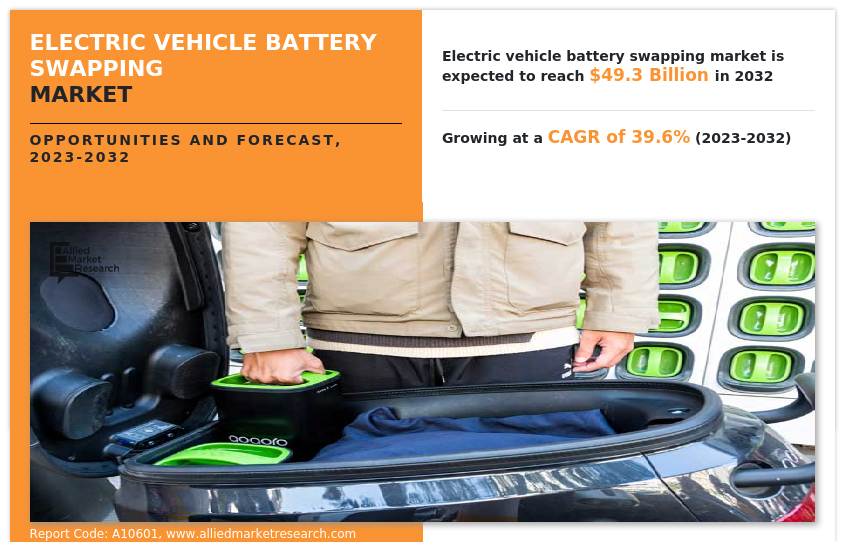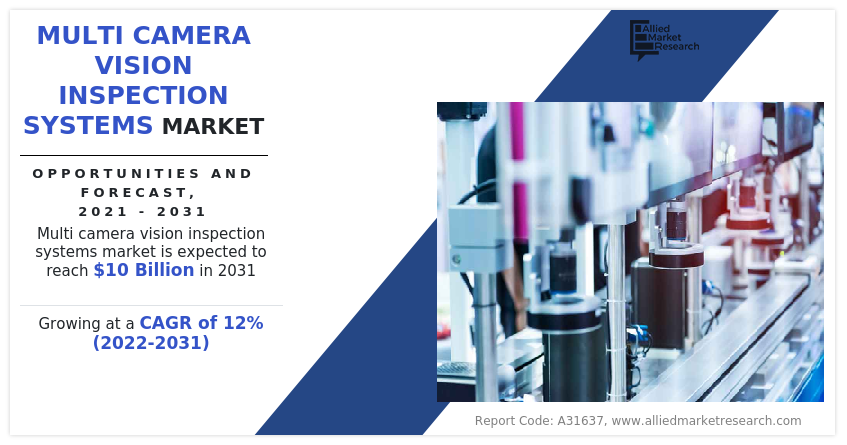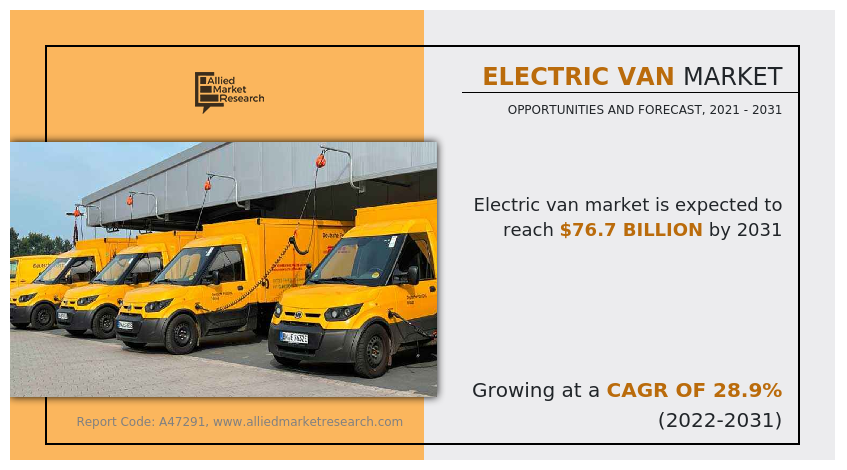The electric vehicle battery swapping market was valued at $1.8 billion in 2022, and is estimated to reach $49.3 billion by 2032, growing at a CAGR of 39.6% from 2023 to 2032.Asia-Pacific dominates the market in terms of growth, followed by Europe, North America, and LAMEA. Whereas LAMEA is expected to witness growth at a highest rate in the market during the forecast period.
The electric vehicle (EV) battery swapping refers to the industry involved in the exchange or replacement of depleted electric vehicle batteries with fully charged ones. Battery swapping is an alternative to traditional charging methods, such as plugging into a charging station, and it allows for quicker battery replenishment. In a battery swapping system, EV owners drive their vehicles to a battery swap station where their depleted battery pack is replaced with a fully charged one. This process is usually automated and takes only a few minutes, significantly reducing the time required for charging compared to traditional charging methods. The swapped battery can then be used by another EV, and the process continues.
𝐑𝐞𝐪𝐮𝐞𝐬𝐭 𝐒𝐚𝐦𝐩𝐥𝐞 𝐏𝐚𝐠𝐞𝐬- https://www.alliedmarketresearch.com/request-sample/10966
Furthermore, the main advantage of battery swapping is that it addresses the issue of long charging times, which is a common concern for EV owners. Instead of waiting for their vehicles to charge for an extended period, they can simply swap the battery and continue their journey. This can be particularly beneficial for commercial electric vehicle fleets that require rapid turnaround times and continuous operation. The battery swapping market has gained attention as a potential solution to alleviate range anxiety, enable faster charging, and promote the adoption of electric vehicles. However, the market is still relatively nascent and has not yet achieved widespread adoption compared to traditional charging infrastructure. Several challenges exist, including standardization of battery sizes and interfaces, infrastructure investment, and operational costs.
In addition, increase in demand for electric vehicles, coupled with lack of adequate public charging facilities, reduced time for electric vehicle charging, and addressing range anxiety are anticipated to drive the market growth. However, differentiation in battery technology & design and high initial set-up & operating cost of battery swapping station hamper the market growth. Further, rapid emergence of shared e-mobility and introduction of innovative & advanced battery swapping model and services by market players are some factors that are expected to offer lucrative opportunities for the market growth during the forecast period.
𝐏𝐫𝐨𝐜𝐮𝐫𝐞 𝐂𝐨𝐦𝐩𝐥𝐞𝐭𝐞 𝐑𝐞𝐬𝐞𝐚𝐫𝐜𝐡 𝐑𝐞𝐩𝐨𝐫𝐭- https://www.alliedmarketresearch.com/electric-vehicle-battery-swapping-market/purchase-options

For instance, in January 2023, SUN Mobility launched its fully automated battery-swapping solution, SwapX, along with the S2.1 battery pack designed for electric vehicles. It’s objective is to enhance the availability of battery swapping stations nationwide by deploying compact stations that can be conveniently installed at small and medium businesses like pharmacies and department stores.
By station type, the market is categorized into automated and manual. The manual segment garnered the highest market share in 2022 and is projected to lead the market within the forecast timeframe. By vehicle type, the electric vehicle battery swapping market is categorized as two-wheeler, three-wheeler, four-wheeler, and commercial vehicles. Among these two-wheeler segment captured the significant market share as compared to other segments. By service type, the electric vehicle battery swapping market is categorized as subscription model and pay-per-use model. The subscription model segment dominated in the service type segment garnered the highest market share in 2022 and is projected to lead the market within the forecast timeframe. The Asia-Pacific countries will have a higher market share due to the increase in sales of electric vehicles in countries such as China, India and Japan. This rise is attributed to extensive efforts of governments to reduce greenhouse gas emissions and expected to growth with the substantial growth rate during the forecast period.
𝐈𝐧𝐪𝐮𝐢𝐫𝐲 𝐁𝐞𝐟𝐨𝐫𝐞 𝐁𝐮𝐲𝐢𝐧𝐠- https://www.alliedmarketresearch.com/purchase-enquiry/10966
KEY FINDINGS OF THE STUDY
- By station type, the manual segment leads the market during the forecast period.
- By vehicle type, the two-wheeler segment leads the market during the forecast period.
- By service type, the subscription model segment is expected to grow at a lucrative growth rate during the forecast period (2023-2032).
- LAMEA is anticipated to exhibit the highest CAGR during the forecast period.
Key players operating in the global electric vehicle battery swapping market are Amara Raja Batteries Ltd., Aulton New Energy Automotive Technology Co., Ltd., ECHARGEUP, Esmito Solutions Pvt Ltd, Gogoro, Inc., KYMCO, Lithion Power Pvt Ltd, NIO, Inc., Numocity, Oyika Pte Ltd.






